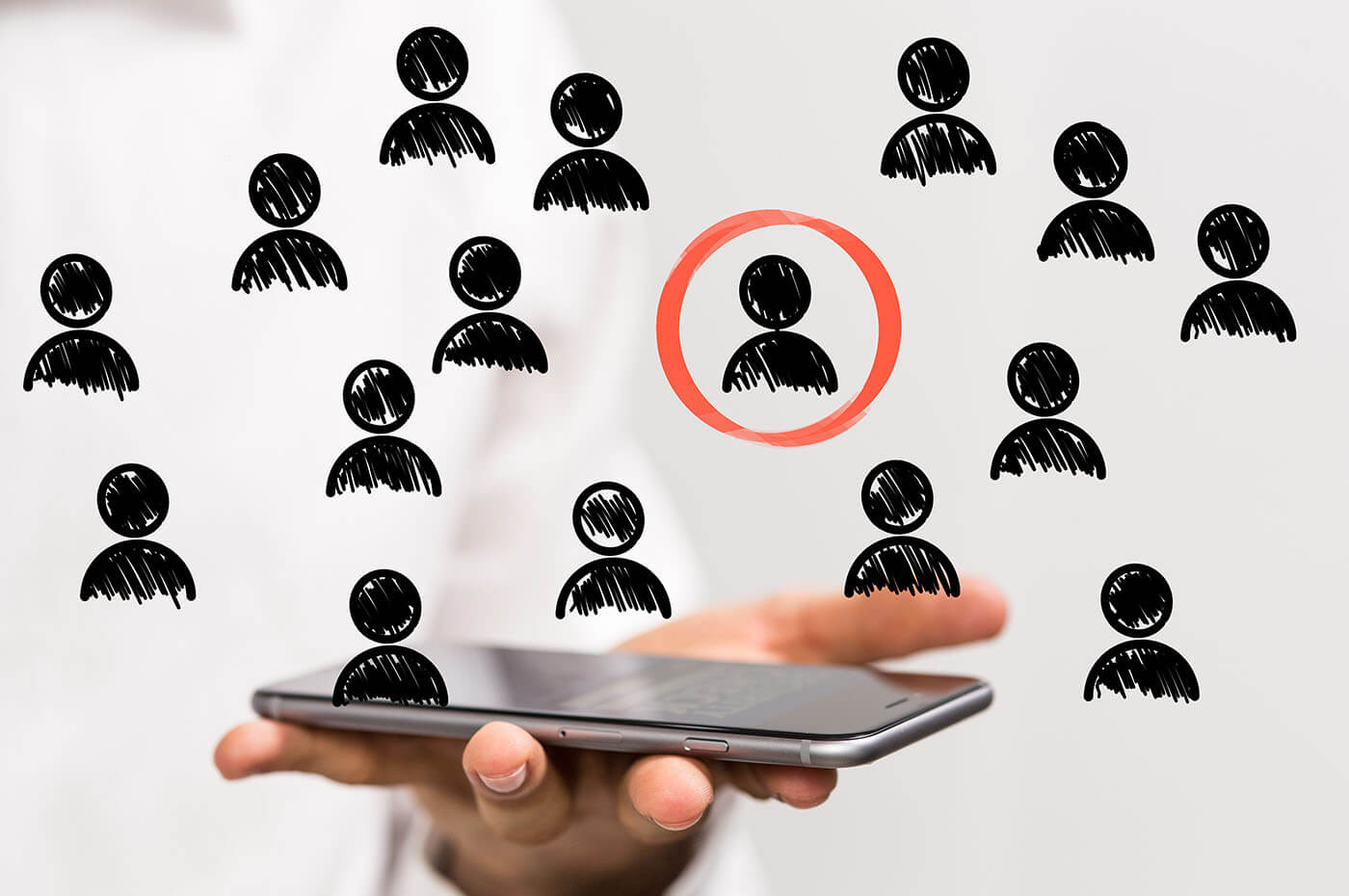
The Hurdles of B2B eCommerce and How to Overcome Them
Large-scale digital transformations, while increasingly necessary in a growingly digital world, can be daunting and nerve-wracking projects that take a lot of time and investment from many different departments of your business. In the B2B world, these initiatives seem to face even more pushback due to the reluctance of change and adoption of eCommerce in many B2B organizations. Many businesses avoid taking the plunge to really invest in their digital channels due to the risks and fear of failing.
After over a decade of experience with these large-scale projects, Redstage CEO Adam Morris and Head of Digital Transformation Matthew Jasper know a thing or two about why companies are reluctant to start an eCommerce initiative and why some of these projects do not come to fruition. Having served over a hundred enterprise companies, from small and mid-market organizations to billion-dollar enterprises, they shared with us what obstacles usually keep organizations from succeeding in Digital Transformation and eCommerce projects.
In the first part of this in-depth interview, we will discuss why companies have been avoiding starting these transformation initiatives even in the “new normal” of an almost entirely digital world and what to make sure teams focus on to make sure the project reaches its full potential.
Why Are B2B Organizations Reluctant To Start Digital Transformation Initiatives?
I think the challenge is that a core function for us as human beings is that it’s difficult for us to act for the future, right? We’ve been discussing the changing demographics and needs of the buyer with our B2B clients, and it’s something that you can’t really see. When you’re not investing in a digital sales channel, and you’re using traditional methods, it’s hard to see that what are the downstream effects of these changing demographics and needs. What are the downstream effects for your customer experience, for digital natives that are coming in to be your main source of buyers? And what happens is this change happens slowly and is sometimes hard to perceive or see coming.
Adam MorrisYes. I think one key element is, are companies being proactive about going to kind of a digitally transformed eCommerce strategy? Or are they being reactive? And that, I think, is really what has kept most B2B companies on the slow side in the past. Prior to the pandemic, in order to digitally transform their business, they needed to be proactive and build a roadmap in advance to build out an eCommerce strategy. And most of them didn’t do that because they were chasing the latest thing to react to. But with the pandemic, ultimately, the solution has been digital transformation and eCommerce services to help keep the traditional businesses afloat, leveraging web sales and online sales in that respect.
So ultimately, this strategy has to be shifted from a reactive to a proactive one. So obviously, the pandemic has accelerated a lot of those types of initiatives that should have been happening over the course of the last five, ten, even twenty years, which some of these companies have been around for. But, the B2B space has been some of the last industries impacted by digital transformation in part because they were a little bit downstream or a little bit further nested into supply chains and distribution strategies for some of these other companies. So, they’ve been impacted a little bit further behind, as opposed to the business-to-consumer side of industries. But, that’s partially why they’ve been a little bit slow to react, is because they could get by with business as usual for longer.
Matthew JasperSo there are three functions at play when thinking about digital transformation; you’ve got driving new revenue, you’ve got cost savings that might be missed opportunities by not investing in the digital channel, and you’ve got customer attrition issues. From the changing demographics and needs of especially the younger generation of B2B buyers, it’s really hard for some companies to quantify, and then the question becomes who owns that change, right?
Normally, if you’re talking about driving new revenue streams, well that’s traditionally the sales team in a B2B environment. The challenge there is the sales team, a director of sales, a chief revenue officer, their job is really mainly building driving sales teams. Personnel and people management. What is the sales strategy? What’s the funnel-managed pipeline? It doesn’t really include the expertise or KPIs around digital sales. It also has operational ramifications, right, so you need to involve operations, even though they don’t have revenue or sales as KPIs. You also have I.T. that might try to get involved, the CIO is really looking at how to enable business strategy and how to reduce costs. So, this is a cross-functional strategy that I think between the difficulty and challenges of quantifying what the digital transformation will hold for the business, as well as not having a true clear owner inside the organization, it makes it really challenging.
And now, we kind of look at the environment sort of in a post-pandemic world, where we’ve seen the conversation change a lot to okay, well we have to transfer. We’ve seen that the world has to have the digital capability, so we know that we need to change. We need to do five years of transformation that we should have been doing, in one year now. But the interesting part about that conversation is if you dig into why we need to change, the answer is sort of simply well because we have to.
Adam MorrisYes. I just got off a call with an essential client on the sales side, where they were asking this exact question. They said we know we need to build out a digital solution, and we haven’t done it yet. So, should it live with sales? Should it live with I.T.? Should we build a dedicated digital team or a dedicated eCommerce team? What should we do?
And ultimately, the way which I told them to think about it is you’re building an entire parallel startup that touches all of your business processes. But, there’s going to be somebody who is ultimately accountable for it. Whether it’s the chief marketing officer or the head of product, there’s somebody that’s going to have ownership of this element of the business, but it’s going to touch each individual element of your business. So, if you are the eCommerce operations manager, you might be tasked with figuring out things like how do we get our warehouses or business processes in order to make the digital solution a little bit more efficient? If you are on the marketing side, you might be tasked with figuring what paid advertising solution to use to drive traffic to our website. What does building our marketing pipeline look like on the B2B side of things? What does an Omnichannel marketing strategy look like to drive traffic to our site and then get people to convert?
So every single element of the business needs to have a stake in the process for a digital transformation when going from a traditional business to a digital one. That comes from buy-in across leadership, as well as accountability for individuals either on the sales or marketing side.
Matthew JasperMatt, I have something to add there too. You mentioned the word startup, and it’s a very interesting conundrum, and I think this is a blocker for a lot of transformations, especially why B2B companies are so slow to adopt or adapt or transform. We work with mostly larger enterprises, right? And a big challenge is when you’re creating something new, or you’re evolving something that’s in its early stages of maturity, you have to be able to react more entrepreneurial, more agile, right? You have to be able to iterate, you have to be able to test, and you have to move.
So if we’re talking about enterprises, where is this owned? Is it owned by the business unit head? A lot of these business units are mature. You don’t move quickly on purpose, you’re careful and methodical, and that’s going to lead to your success in a mature business. So, how do you balance creating this sort of entrepreneurial iterative culture in conjunction with your I.T. organization that’s going to want to be more methodical? With your business strategy, with your planning and forecasting. All of these things are often at odds with each other, create conflict and create roadblocks. So I think it’s important to acknowledge those issues, and set up a plan and roadmap, and get everybody on board that this is an iterative process. Understand which processes of the core business are going to need to break or need to change, or need to diverge, from what has made us successful to this point.
Adam MorrisYes, and one last point on that startup mentality versus mature business. Some of our clients have been around for hundreds of years, even. Where they’ve built a model over time by being focused on certain core activities and solving very specific business problems, and building long-term trusted customer relationships with their particular ecosystem. So, given that they’ve been around for so long, they’ve been at a certain scale of business. If you’re generating, you know, a billion dollar’s worth of revenue from traditional models, building a website to sell your products online may disrupt the apple cart, so to speak. Where you lose a little bit of that exclusivity of that trusted partnership with some of your supply chain or your distribution network. So, there’s an element of risk from a B2B customer perspective, whereby opening it up might be weakening some of those ties that have been some of the elements of your secret sauce.
Because of that, you need to navigate that carefully and manage that customer expectation. Where no, you’re not necessarily disrupting your business-to-business network, you’re just trying to support how that buyer wants to do business. They no longer are looking to necessarily be wined and dined in a COVID era, and instead would rather just go to your website and click purchase or maybe get a quote, and then work back and forth via email, instead of even a phone call at times. So, there’s a matter of how do you meet your customers where they are, without necessarily viewing digital as a risk to the business. Which I think is an important point, and maybe some of the traditional hesitancy pre-COVID, to taking your business model and transporting that online.
Matthew Jasper
What did we learn?
The major factors holding B2B merchants back from reaching their business’s full potential and maximize sales are unexpectedly simple; several departments in your organization need to buy in for a digital transformation to work, yet you need one business head to own the process and see it to fruition. Finally, you need to have an iterative and proactive mindset to these projects, understanding the future benefit while working in the present to see it through step by step.
Often, organizations can see these projects as daunting and too risky to delve into in the middle of the year, or even to delve into at all. Sometimes, you just need an exterior team to evaluate your processes and look at your organization with a bird’s eye view. Contact Redstage today if you need help starting your eCommerce or Digital Transformation journey.
Subscribe to our newsletter to ensure you never miss B2B eCommerce insights, trends, and new technology from our team. Don’t forget to follow us on Twitter, Linkedin, Instagram, and Facebook too!












Recent Comments